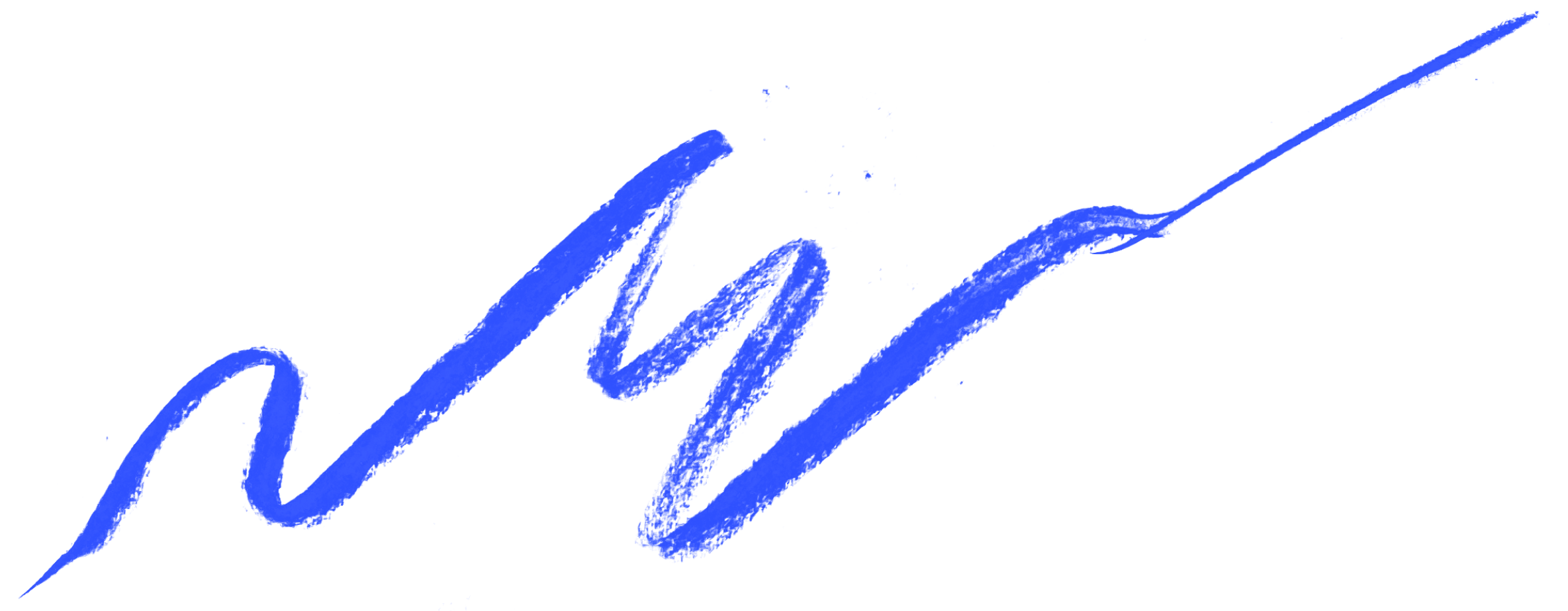Your Competitors Are Reading The Same Reports. Here’s How To Get Ahead
Market research has never been so abundant. You can buy reports on supply chains, e-commerce, social commerce, and social search. You can track keywords, sentiment, and shopping basket analysis down to the day.
Yet ask anyone in licensing, creative services, or franchise and they’ll tell you the same thing: all this access has created more informed competition, not competitive advantage.
The problem isn’t the lack of information. It’s the sameness of it.
Everyone has the same reports. Everyone has the same dashboards. And if you’re building your strategy on the same data set as your competitors, don’t be surprised if you arrive at the same conclusions.
So how do you break out of the herd?
Stuck In The Same Sauce
Not long ago, trend forecasting was a long game. Yarn dyers planned colours years ahead so fabric mills could supply high fashion houses, and in time, the high street. Today’s trend cycles are compressed beyond recognition.
Micro brands now A/B test product concepts with a global audience in real time, producing runs of 10 or 10,000 within weeks. Meanwhile, licensing deals often take months to close, with multiple stakeholders across brand, licensee, retailer, and legal teams.
That mismatch creates paralysis. Too many decisions are based on second-hand research surfaced through a browser window. You’re competing with faster, more agile players while managing a slower, risk-laden process.
At Skew, we call this stasis. And it’s dangerous.
Data Without Drama
Just as management by walking around (MBWA) gives leaders a grounded view of what’s happening inside their own organisation, visiting shops in person offers the same for your market.
Yes, AI can scrape millions of data points about consumer behaviour. But it can’t tell you:
- Which brands stand out the best on shelf
- How promotions feel in context
- What customers actually stop to look at
- Whether your brand storytelling lands at the point of sale
That’s why we still prioritise comp shops, field visits, and retail safaris. Done with focus and intent, they reveal how brands live in the customer’s world, not how they look in a spreadsheet.
The limitation is obvious: small sample sizes can feel anecdotal. But pair retail intelligence with macro data and you’ve got a picture your competitors can’t buy off the shelf.
Retail Recon Rules
If you want to move beyond generic reports, here’s how to make retail intelligence work:
- Go Capital. But also get out of town. Yes, the big cities are rich in inspiration, but they don’t reflect the full market. Regional stores give you a rounded view about consumer reality.
- Go In With A Sharp Focus. Wandering produces nice photos. A clear research agenda produces insights you can act on.
- Build A Process For Reflection. Don’t leave your notes and images on your phone. Create a framework to organise, share, and test what you’ve learned against broader market signals.
When combined with hard data, these shop-floor impressions highlight gaps and opportunities others will miss.
Haul Or Nothing
Twice a year we host Spring Haul and Autumn Haul, one-day retail workshops for licensing professionals.
The day starts with a macro-trend presentation, setting the broader context. Then we move as a group through a curated comp shop route. In the afternoon, we run an insights workshop, guiding participants to convert what they’ve seen into actionable strategies.
Here’s how Jade Ferguson, UK Licensing Manager at Magic Light Pictures, described her experience:
“When you narrow your research, you miss the bigger picture. Skew helped us look outside our usual categories and discover new perspectives. We left with fresh ways to use our brand assets and new ideas to tackle challenges like gender boundaries in kidswear.”
For Jade and her team, her Haul unlocked insights no report could provide.

Anecdotes Aren’t Anathema
One of the most persistent misconceptions is that first-hand impressions are anecdotal and irrelevant compared to big data.
In practice, the opposite is true. Reports tell you what is. First-hand retail intelligence shows you how it feels. In licensing, where so much depends on brand translation and emotional resonance, both matter. Ignore the latter and you’ll miss half the story.
What Have We Learned?
Your competitors are buying the same reports you are. If you want a competitive edge, you can’t just rely on them.
- Keep using macro-trend reports and supply-side data. They’re essential.
- But balance them with first-hand retail intelligence.
- Don’t limit yourself to flagship stores — widen your lens.
- Always capture and process what you learn into structured insights.
Bricks and mortar still account for more than 70% of retail in many markets. You ignore that reality at your peril.
The choice is simple: base your strategy on the same reports as everyone else, or combine them with insights your competitors aren’t disciplined enough to collect.
That’s how you get ahead.
If you want to join one of our retail masterclasses, register your interest here.






